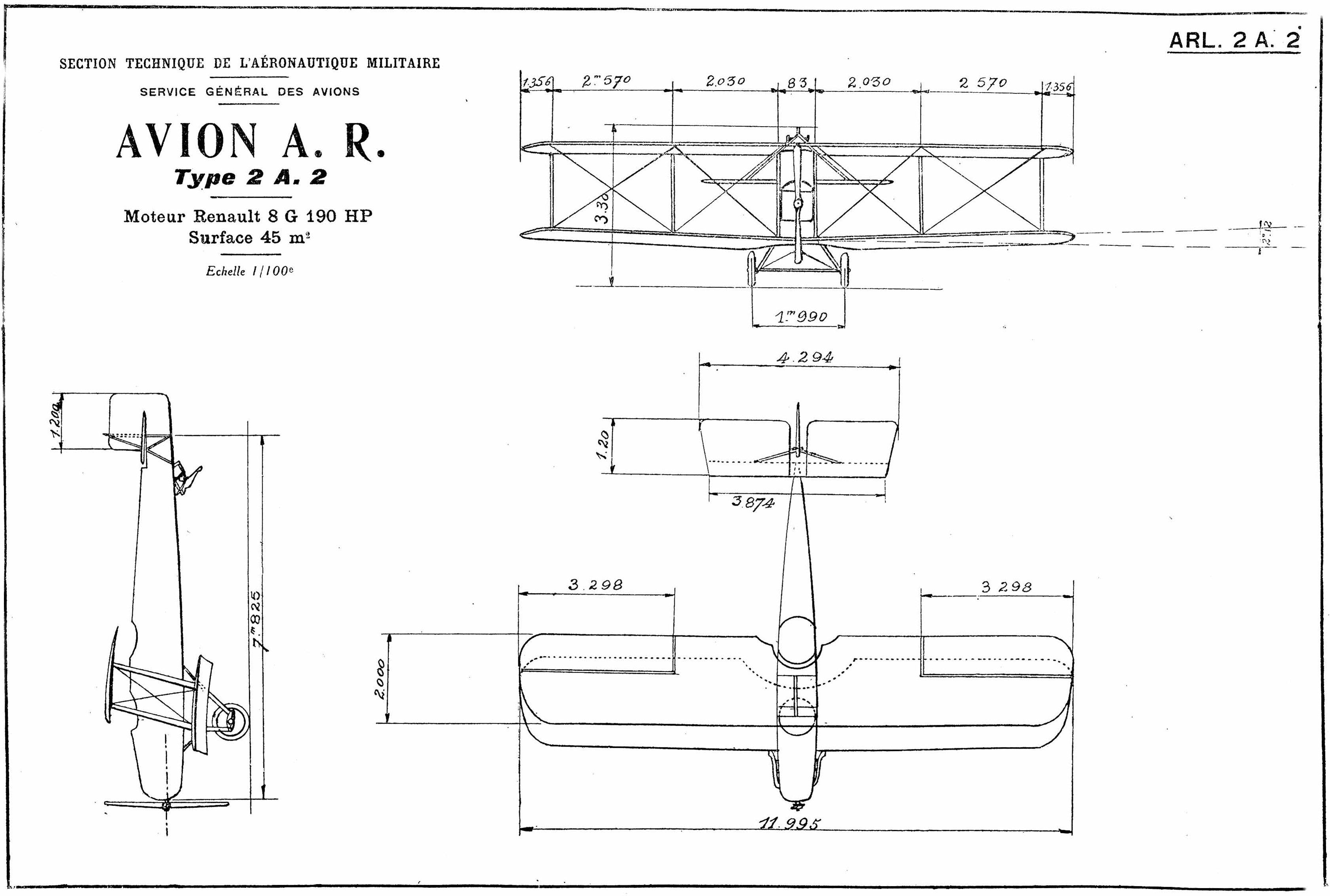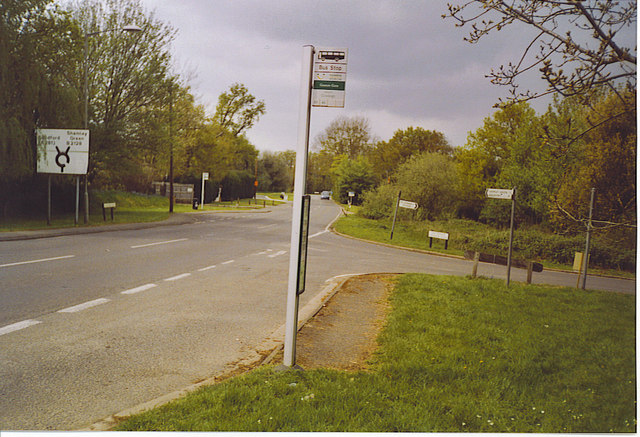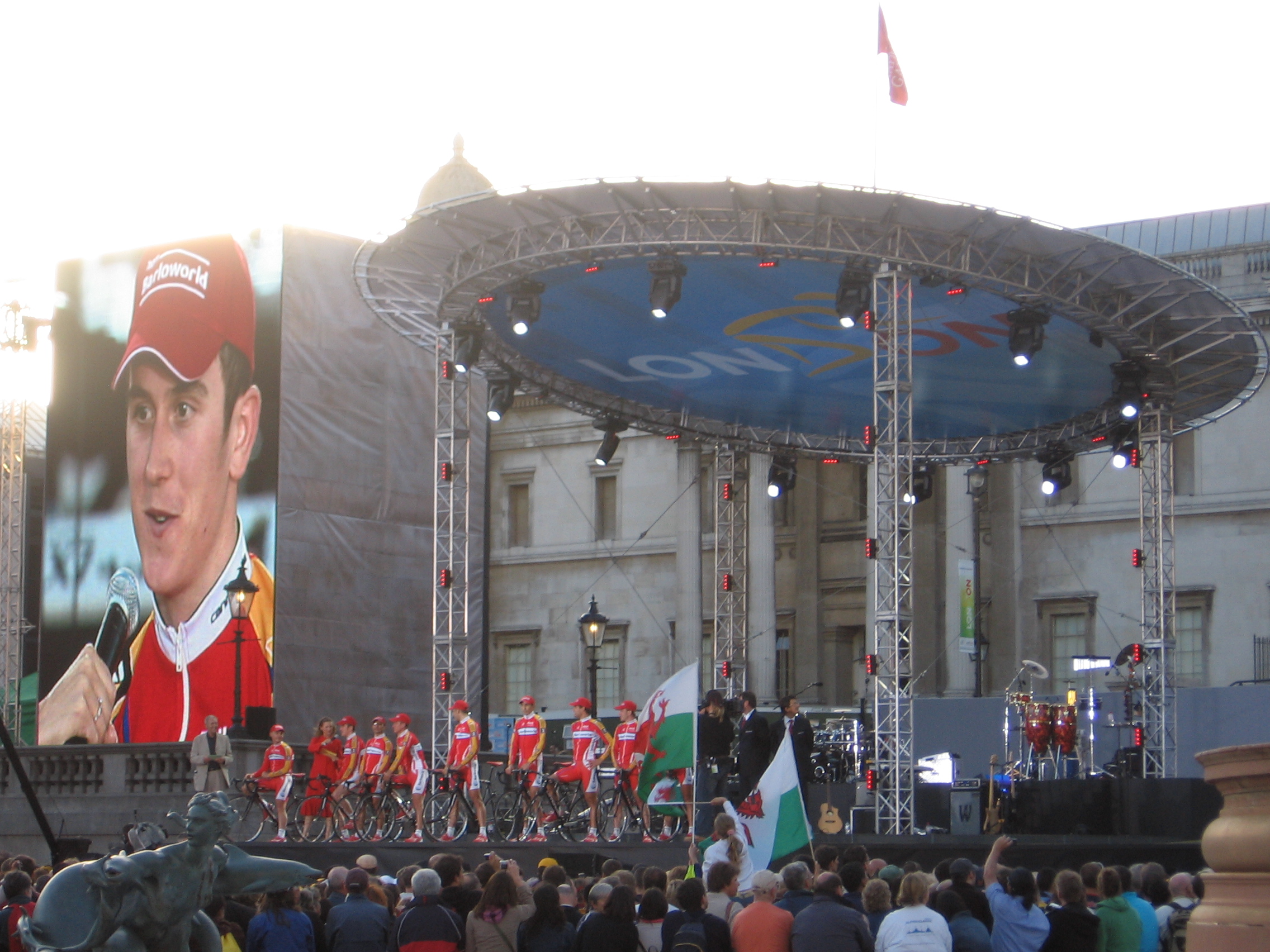|
Semur-en-Auxois
Semur-en-Auxois () is a commune of the Côte-d'Or department in eastern France. The politician François Patriat, the engineers Edmé Régnier L'Aîné (1751–1825) and Émile Dorand (1866-1922), and the Encyclopédiste Philippe Guéneau de Montbeillard (1720–1785) were born in Semur-en-Auxois, while the military engineer Vauban (1633–1707) was educated at the Carmelite college. Semur-en-Auxois has a medieval core, built on a pink granite bluff more than half-encircled by the River Armançon. The river formerly provided motive power for tanneries and mills, but its flow is now somewhat reduced by the Lac de Pont. The dam was built upstream in the 19th century to provide water for the Canal de Bourgogne. Sport Semur-en-Auxois was the start of Stage 6 in the 2007 Tour de France. International relations Semur-en-Auxois is twinned with: * Cranleigh in Surrey, UK ''(since 2008)'' * Laigueglia in Italy * Höhr-Grenzhausen in Germany Population Sights *The chur ... [...More Info...] [...Related Items...] OR: [Wikipedia] [Google] [Baidu] |
Émile Dorand
Jean-Baptiste Émile Dorand (14 May 1866 – 1 July 1922), was a French military engineer and aircraft designer. Early career Émile Dorand was born in Semur-en-Auxois in eastern France. He attended the École Polytechnique from 1886 to 1888 in the Latin Quarter of Paris. He then went to the Fontainebleau Application School, a military college, which he left after two years as a Lieutenant in the French Army. In an engineering regiment, he met the airship pioneer Charles Renard, and was soon authorised to direct free balloon flights. He studied aeronautics and the problems of flight including working to improve kites, long range photography, and flight test methodology. From 1895 to 1896, he was assigned to the Expeditionary Engineer Corps with whom he managed hydrogen balloons and bridging equipment in Madagascar. He returned to France as a Captain, and was posted to Avignon, Dijon and Versailles. Aircraft development and design In 1907 he moved to the Research Laboratory f ... [...More Info...] [...Related Items...] OR: [Wikipedia] [Google] [Baidu] |
François Patriat
François Patriat (born 21 March 1943) is a French politician of La République En Marche! (LREM) who has been serving as president of the party's group in the Senate since 2017. He has represented the Côte-d'Or department in the Senate since 2008. Patriat also served as Minister of Agriculture and Fisheries in 2002 and President of the Regional Council of Burgundy from 2004 until 2015. He was a member of the Socialist Party before joining La République En Marche! in 2017. Early life and education Born in Semur-en-Auxois, Côte-d'Or, Patriat graduated from École nationale vétérinaire d'Alfort (ENVA) in 1968. Political career Early beginnings Patriat joined the Socialist Party (PS) in 1974 and was elected to the General Council of Côte-d'Or for the canton of Pouilly-en-Auxois in 1976, a position he retained until 2008. In 1981, he was elected to the National Assembly. In 1989, Patriat became Mayor of Chailly-sur-Armançon, an office he held until 2001. Ministership unde ... [...More Info...] [...Related Items...] OR: [Wikipedia] [Google] [Baidu] |
Philippe Guéneau De Montbeillard
Philippe Guéneau de Montbeillard also Philibert Guéneau de Montbeillard (2 April 1720 – 28 November 1785) was an eighteenth-century French lawyer, writer, naturalist, and contributor to the ''Encyclopédie''. Biography The son of the aristocratic lawyer and member of parlement François Marie Guéneau (1686-1742) and his wife Marie Colombe Meney (1685-1768), Philippe first studied in Paris from 1732 to 1734 at the Collège de Navarre and the Collège d'Harcourt and then in 1735 at the Collège of the Oratory in Troyes. He studied law in Dijon at the Faculty of Law. He had an older brother, François Guéneau (1717-1788), and a younger sister, Charlotte Guéneau (born about 1722). In 1742 he became a lawyer. He later lived for around a decade in Paris, where he befriended Denis Diderot, a co-editor of the ''Encyclopédie''. Gueneau contributed a single article to that work, "Étendue", a philosophical treatment of the notion of extension. In 1755 Guéneau returned to Semur ... [...More Info...] [...Related Items...] OR: [Wikipedia] [Google] [Baidu] |
Höhr-Grenzhausen
Höhr-Grenzhausen () is a town in the Westerwaldkreis in Rhineland-Palatinate, Germany. It is a centre for the ceramic industry in the Kannenbäckerland with a professional college for ceramics, another for ceramic form, and many others, hence the nickname ''Kannenbäckerstadt'' (roughly, “Jug Baking Town”). Together with the communities of Hillscheid, Hilgert and Kammerforst it has formed the ''Verbandsgemeinde'' of Höhr-Grenzhausen – a kind of collective municipality – since 1971. Geography Höhr-Grenzhausen lies roughly 10 km west of Montabaur, and 10 km northeast of Koblenz. Politics Town council (as of municipal election on 13 June 2004) Town partnerships Höhr-Grenzhausen maintains partnerships with these towns: * Laigueglia, Riviera, Italy (since 1972) * Semur-en-Auxois, Burgundy, France (since 1987) Culture and sightseeing Museums In the town are found the Westerwald Ceramics Museum (''Keramikmuseum Westerwald'') and a museum of the town's history. ... [...More Info...] [...Related Items...] OR: [Wikipedia] [Google] [Baidu] |
Armançon
The river Armançon () drains part of north-western Burgundy in France. It is long. It rises at Meilly-sur-Rouvres in the department of Côte-d'Or and flows into the Yonne (right bank) at Migennes. Its source is at about above sea level and it enters the Yonne at . Course The Armançon rises north-west of Meilly-sur-Rouvres in the district known as the Auxois, on the lip of the saucer represented by the Paris Basin. It flows down the western, dip slope of the Côte d'Or and on the margin of the Morvan. Its source is on the Lower Jurassic rocks where they and the Upper Triassic are much influenced by the granites and volcanism of the Morvan, a northward extension of the Massif Central. The river's upper valley is used by the Canal de Bourgogne and the ''Autoroute'' A6 but the two diverge and the river passes between them, alone towards the small town of Semur-en-Auxois. In this part of its course the river has cut its valley down through the Jurassic rocks to the ... [...More Info...] [...Related Items...] OR: [Wikipedia] [Google] [Baidu] |
Laigueglia
Laigueglia (; lij, L'Aigheuja, ) is a town and ''comune'' in the province of Savona, in Liguria (northern Italy in 1812), nearby the Capo Mele Lighthouse. International relations Twin towns – Sister cities Laigueglia is twinned with: * Höhr-Grenzhausen, Germany (since 1972) * Semur-en-Auxois, France (since 2000) * La Thuile LA most frequently refers to Los Angeles, the second largest city in the United States. La, LA, or L.A. may also refer to: Arts and entertainment Music * La (musical note), or A, the sixth note * "L.A.", a song by Elliott Smith on ''Figure ..., Italy (since 2013) Cities and towns in Liguria {{Liguria-geo-stub ... [...More Info...] [...Related Items...] OR: [Wikipedia] [Google] [Baidu] |
Cranleigh
Cranleigh is a village and civil parish, about southeast of Guildford in Surrey, England. It lies on a minor road east of the A281, which links Guildford with Horsham. It is in the north-west corner of the Weald, a large remnant forest, the main local remnant being Winterfold Forest directly north-west on the northern Greensand Ridge. Etymology Until the mid-1860s, the place was usually spelt Cranley. The Post Office persuaded the vestry to use "''-leigh''" to avoid misdirections to nearby Crawley in West Sussex. The older spelling is publicly visible in the ''Cranley Hotel''. The name is recorded in the '' Pipe Rolls'' as ''Cranlea'' in 1166 and ''Cranelega'' in 1167. A little later in the '' Feet of Fines'' of 1198 the name is written as ''Cranele''. Etymologists consider all these versions to be the fusion of the Old English words "Cran", meaning "crane", and "Lēoh" that together mean 'a woodland clearing visited by cranes'. The name is popularly believed to come from i ... [...More Info...] [...Related Items...] OR: [Wikipedia] [Google] [Baidu] |
Côte-d'Or
Côte-d'Or (; literally, "Golden Slope") is a département in the Bourgogne-Franche-Comté region of Northeastern France. In 2019, it had a population of 534,124.Populations légales 2019: 21 Côte-d'Or INSEE Its prefecture is and subprefectures are Beaune and Montbard. History C� ...[...More Info...] [...Related Items...] OR: [Wikipedia] [Google] [Baidu] |
2007 Tour De France
The 2007 Tour de France the 94th running of the race, took place from 7 to 29 July. The Tour began with a prologue in London, and ended with the traditional finish in Paris. Along the way, the route also passed through Belgium and Spain. It was won by Spanish rider Alberto Contador. The Tour was marked by doping controversies, with three riders and two teams withdrawn during the race following positive doping tests, including pre-race favourite Alexander Vinokourov and his Astana team. Following Stage 16, the leader of the general classification, Michael Rasmussen, was removed from the Tour by his Rabobank team, who accused him of lying about the reasons for missing several drug tests earlier in the year. The points classification, indicated by the green jersey, was won for the first time by Tom Boonen, who had failed to complete the previous two Tours after leading the points classification at times during each. The mountains classification, indicated by the polkadot jersey, ... [...More Info...] [...Related Items...] OR: [Wikipedia] [Google] [Baidu] |
Sinemurian
In the geologic timescale, the Sinemurian is an age and stage in the Early or Lower Jurassic Epoch or Series. It spans the time between 199.3 ± 2 Ma and 190.8 ± 1.5 Ma (million years ago). The Sinemurian is preceded by the Hettangian and is followed by the Pliensbachian. In Europe the Sinemurian age, together with the Hettangian age, saw the deposition of the lower Lias, in Great Britain known as the Blue Lias. Stratigraphic definitions The Sinemurian Stage was defined and introduced into scientific literature by French palaeontologist Alcide d'Orbigny in 1842. It takes its name from the French town of Semur-en-Auxois, near Dijon. The calcareous soil formed from the Jurassic limestone of the region is in part responsible for the character of the classic Sancerre wines. The base of the Sinemurian Stage is at the first appearance of the ammonite genera '' Vermiceras'' and ''Metophioceras'' in the stratigraphic record. A global reference profile ( GSSP or golden s ... [...More Info...] [...Related Items...] OR: [Wikipedia] [Google] [Baidu] |
Semur - Pont Joly 03
Semur may refer to: Geography One of several communes in France: * Bierre-lès-Semur, in the Côte-d'Or ''département'' * Courcelles-lès-Semur, in the Côte-d'Or ''département'' * Massingy-lès-Semur, in the Côte-d'Or ''département'' * Semur-en-Auxois, in the Côte-d'Or ''département'' * Semur-en-Brionnais, in the Saône-et-Loire ''département'' * Semur-en-Vallon Semur-en-Vallon is a commune in the Sarthe department in the region of Pays de la Loire in north-western France. See also *Communes of the Sarthe department The following is a list of the 354 communes of the Sarthe department of France. The ..., in the Sarthe ''département'' Cuisine * Semur (Indonesian stew) See also * Semu {{disambig, geo ... [...More Info...] [...Related Items...] OR: [Wikipedia] [Google] [Baidu] |
Jurassic
The Jurassic ( ) is a Geological period, geologic period and System (stratigraphy), stratigraphic system that spanned from the end of the Triassic Period million years ago (Mya) to the beginning of the Cretaceous Period, approximately Mya. The Jurassic constitutes the middle period of the Mesozoic, Mesozoic Era and is named after the Jura Mountains, where limestone strata from the period were first identified. The start of the Jurassic was marked by the major Triassic–Jurassic extinction event, associated with the eruption of the Central Atlantic magmatic province, Central Atlantic Magmatic Province. The beginning of the Toarcian Stage started around 183 million years ago and is marked by an extinction event associated with widespread Anoxic event, oceanic anoxia, ocean acidification, and elevated temperatures likely caused by the eruption of the Karoo-Ferrar, Karoo-Ferrar large igneous provinces. The end of the Jurassic, however, has no clear boundary with the Cretaceous and i ... [...More Info...] [...Related Items...] OR: [Wikipedia] [Google] [Baidu] |





